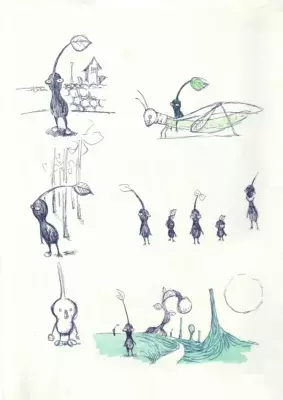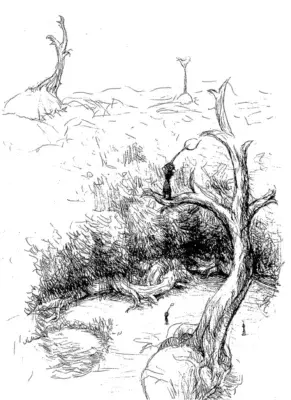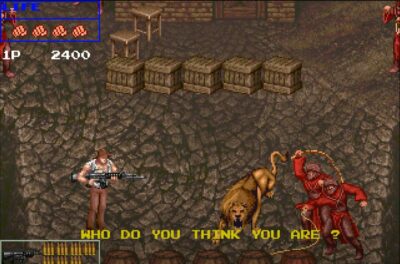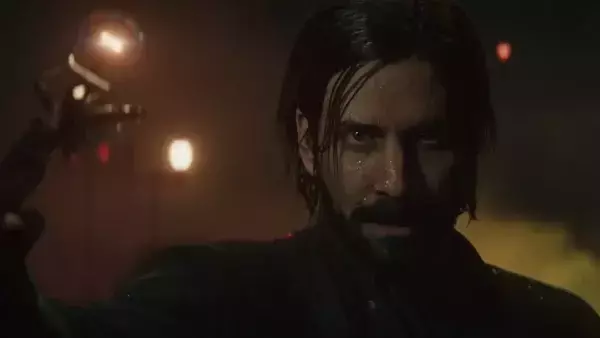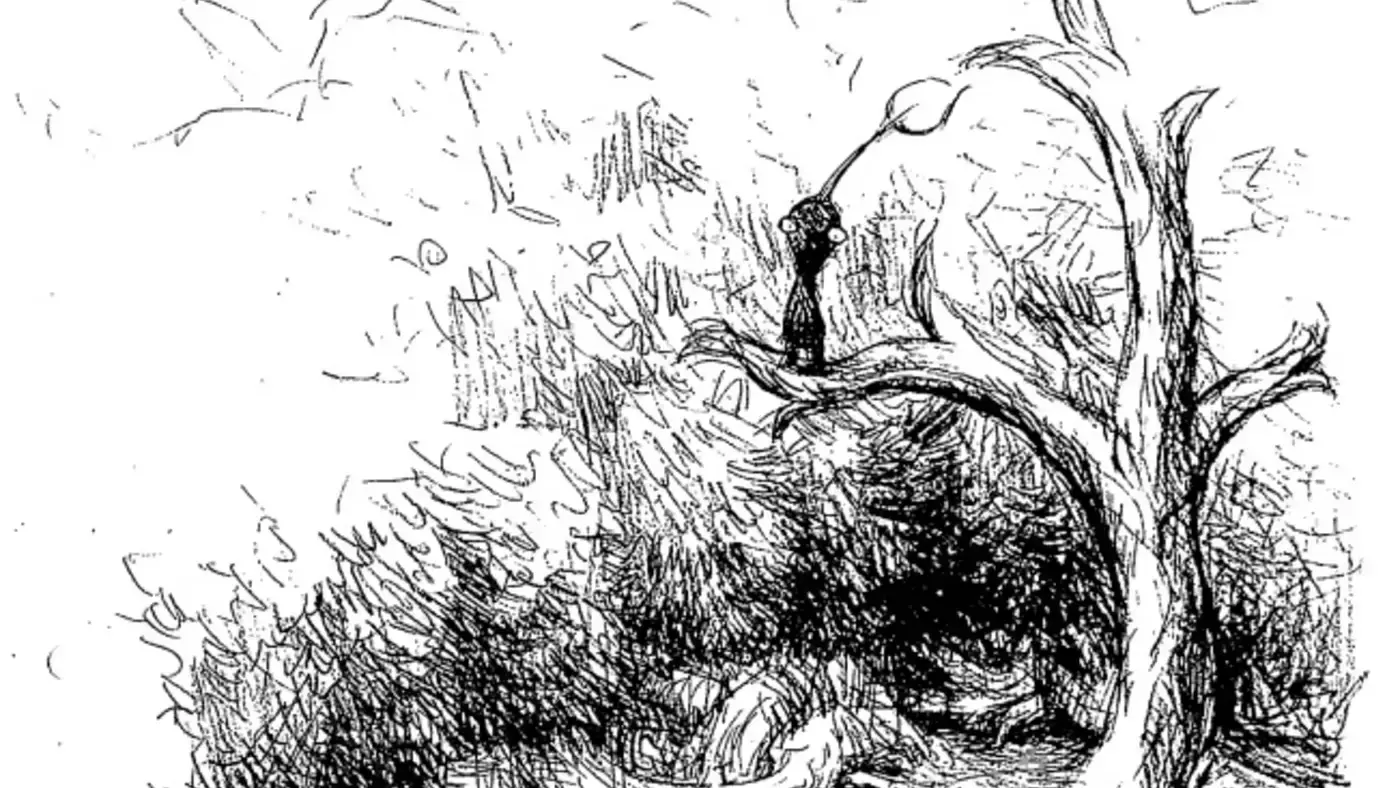
Before Pikmin became Pikmin, it was a fascinating top-down action game concept for N64, with visuals influenced by Tim Burton.
Pikmin 4 launches on Friday, 21 July (our review can be found at this very hyperlink), but did you know Nintendo’s adorably dinky real-time strategy series began life as a much darker, top-down concept for the SNES and later the N64? Unless you had an uncle that just so happened to work at Nintendo (honest), probably not.
The revelation appeared in a new edition of Ask the Developer, published on Nintendo’s website (thanks, Nintendo Everything). In it, Shigeru Miyamoto and designers Masamichi Abe and Shigefumi Hino talk about the early phases of the original Pikmin's development.
According to their recollection, Pikmin began life in the middle of the 1990s, right as the SNES generation was about to give way to the Nintendo 64, first released in 1996. Back then, what would later become Pikmin began as a top-down action game, with the player controlling large swarms of “creatures with AI chips in their heads”.
Those chips would make the creatures “think in a certain way,” and the player would have been able to control the creatures by switching the “thought chips” with commands including “heal,” “help friends” and “combat.”
Read more: All the wonderful things revealed in the Pikmin 4 Nintendo Direct trailer
“As they explored the map and gained more experience,” Hino explained, “their chip capacity would increase. In other words, they’d become smarter. At the same time, we added personalities such as grumpy and cowardly via ’emotion chips,’ and depending on which emotion chip the character had, the response, such as ‘attack’ or ‘defend,’ would change.”
The early look of these creatures was also very different from the Pikmin we know today; an early production drawing shows a pair of rotund, bulbous-nosed cartoon characters, with their sexes defined by the coloured blob on the tops of their heads. “It looks a bit Yoshi-like, don’t you think?” Hino laughingly said of this initial design. “But we felt it lacked impact as a character.”
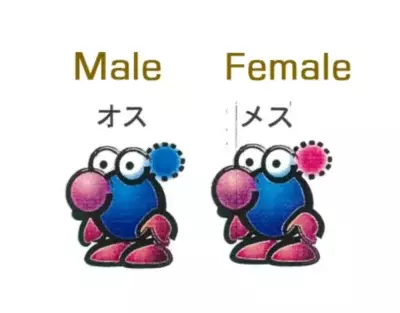
An early concept drawing of the pre-Pikmin creatures. Credit: Nintendo.
Artist Junji Morii then began sketching alternative designs, and came up with the slightly more humanoid silhouette – complete with leaf sprouting from the top of the head – we’d now recognise as Pikmin.
The game’s creators still had a very different look in mind at this stage, though, with Morii going on to explain that he wanted it to have a sketchy, darkly fantastical feel inspired by filmmaker, animator and artist Tim Burton.
“Back then, I really liked the world of Tim Burton,” said Morii, “so I wanted the designs to not just be cute, but also give a sense of eeriness, or some emotional weight. That’s why I was drawing the sketches like this, with a style that layers scribbling lines.”
- More early Pikmin concepts. Credit: Nintendo.
Other visual touchstones for the project at this stage included the French animated film, Savage Planet (1973), while Hino added that he’d read Richard Dawkins’ book The Selfish Gene to learn more about the natural world and ecology.
It was when Nintendo began to develop the GameCube towards the end of the 1990s that the project began to move towards its final form. The N64’s limited hardware meant it couldn’t cope with the dozens of creatures the team wanted to render on screen, so larger groups would have been represented by a ‘billboard’ – essentially a 2D image or sprite. The GameCube’s hardware, meanwhile, allowed the team to render dozens of individual 3D creatures on screen at once.
Interestingly, Kando manages, at this point in the interview, to put an old theory to bed – for years, it was often reported that Pikmin was in some way influenced by the Mario 128 tech demo, shown at the time of the GameCube’s announcement. That demo showed dozens of Mario characters running around the screen, leading to the assumption that this was Pikmin's creative origin.
In fact, “We didn’t know about the existence of Mario 128,” says Kando, “so it’s not like Pikmin was influenced by Mario 128 in terms of planning or technology, but many new ideas came out of Nintendo GameCube’s ability to move a large number of characters, which wasn’t possible back in the days of Nintendo 64.”
The interview as a whole offers a fascinating insight into Pikmin's origins, and is well reading in full. And, we must admit – we’d love to see a Pikmin game with the sketchy style of a Tim Burton film or Savage Planet. Maybe that’ll resurface in Pikmin 5…


